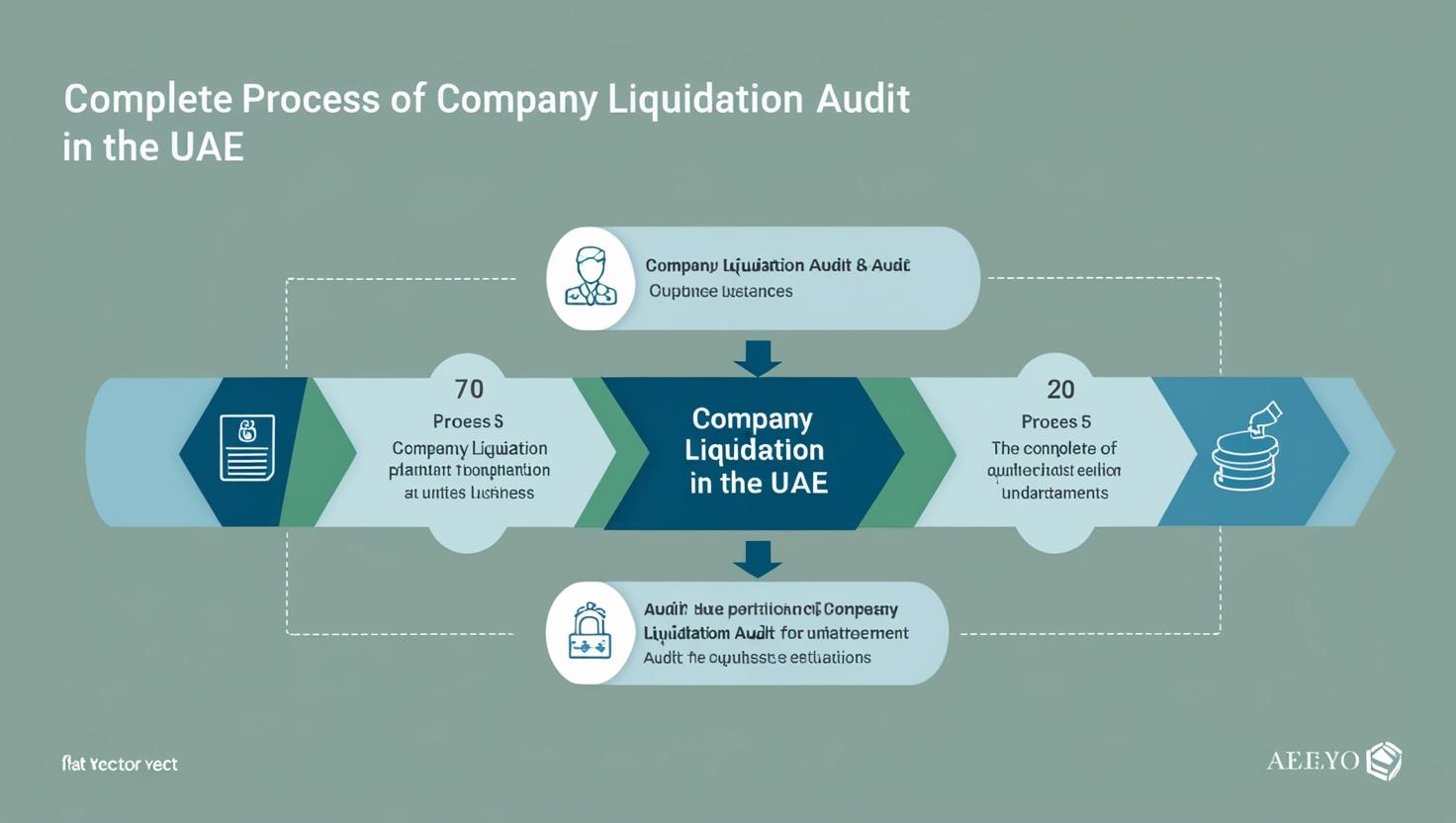Liquidating a company in the UAE is not simply about shutting down operations; it is a structured and legally rigorous liquidation process governed by a network of licensing authorities, financial laws, and compliance protocols. Whether it involves a voluntary company liquidation or a compulsory liquidation, performing a company liquidation audit is a mandatory step to ensure that all financial obligations are fulfilled and that the company closure is recognized by the relevant authorities.
In this comprehensive guide, we will explore the end-to-end liquidation procedure, including the common triggers, required documentation, regulatory compliance steps, timelines, and the legal and financial implications. We’ll also look into the role of bodies like the Ministry of Economy (MOE) and the Federal Tax Authority (FTA) and explain how Young and Right ensures a smooth liquidation process through their company liquidation services in the United Arab Emirates.
What Triggers a Company Liquidation Audit?
A company liquidation audit is initiated when a business formally decides to wind up its affairs. Triggers may include:1. Voluntary Liquidation
A voluntary liquidation is initiated by the company’s shareholders or directors due to factors like declining profitability, strategic restructuring, or retirement. In this scenario, the audit is conducted to ensure fair asset distribution and the settlement of all outstanding liabilities.2. Insolvency
When a company cannot meet its financial obligations, creditors may file for a mandatory liquidation through court intervention. A licensed liquidator is appointed to assess the company’s financial status, review financial statements, and distribute the remaining assets.3. Mergers or Acquisitions
In the case of mergers or acquisitions, the winding up process often includes a liquidation phase to settle accounts and transition assets. An audit ensures that all company operations are concluded legally before closure.4. Regulatory Orders
Government authorities like the MOE, economic development departments, or a relevant free zone authority may force liquidation due to legal violations, such as failure to renew trade licenses, unresolved tax issues, or non-compliance with UAE regulations.5. Strategic Business Changes
Companies may opt for company liquidation in the UAE to shift toward a different business model, requiring them to legally close one entity before launching a new one.Required Documents and Timeline
Performing a proper company liquidation audit in the UAE requires the submission of several critical documents to meet regulatory compliance standards: Key Documents:- Shareholder Resolution: Formal declaration to liquidate the business.
- Financial Statements: Up-to-date financial records, including profit/loss and balance sheets.
- Tax Filings: VAT and corporate tax records submitted to the Federal Tax Authority (FTA).
- Asset and Liability Registers: A full inventory of company’s assets, liabilities, and any future liabilities.
- Employee Records: To verify clearance of all dues in accordance with UAE law.
- Liquidation Plan: Outlines asset sales, creditor payments, and timelines.
- Deregistration Documents: Forms for licensing authorities like MOE, FTA, or free zone authorities.
- Clearance Certificates: From banks, utility companies, and the company's bank account.
Typical Timeline:
1. Pre-Audit Phase (2–3 weeks)- Appointment of a liquidator
- Document collection
- Filing the resolution
- Review of financial records
- Validation of tax compliance
- Settlement of employee dues
- Final liquidation audit report
- Distribution of remaining funds
- Filing with relevant licensing authorities



